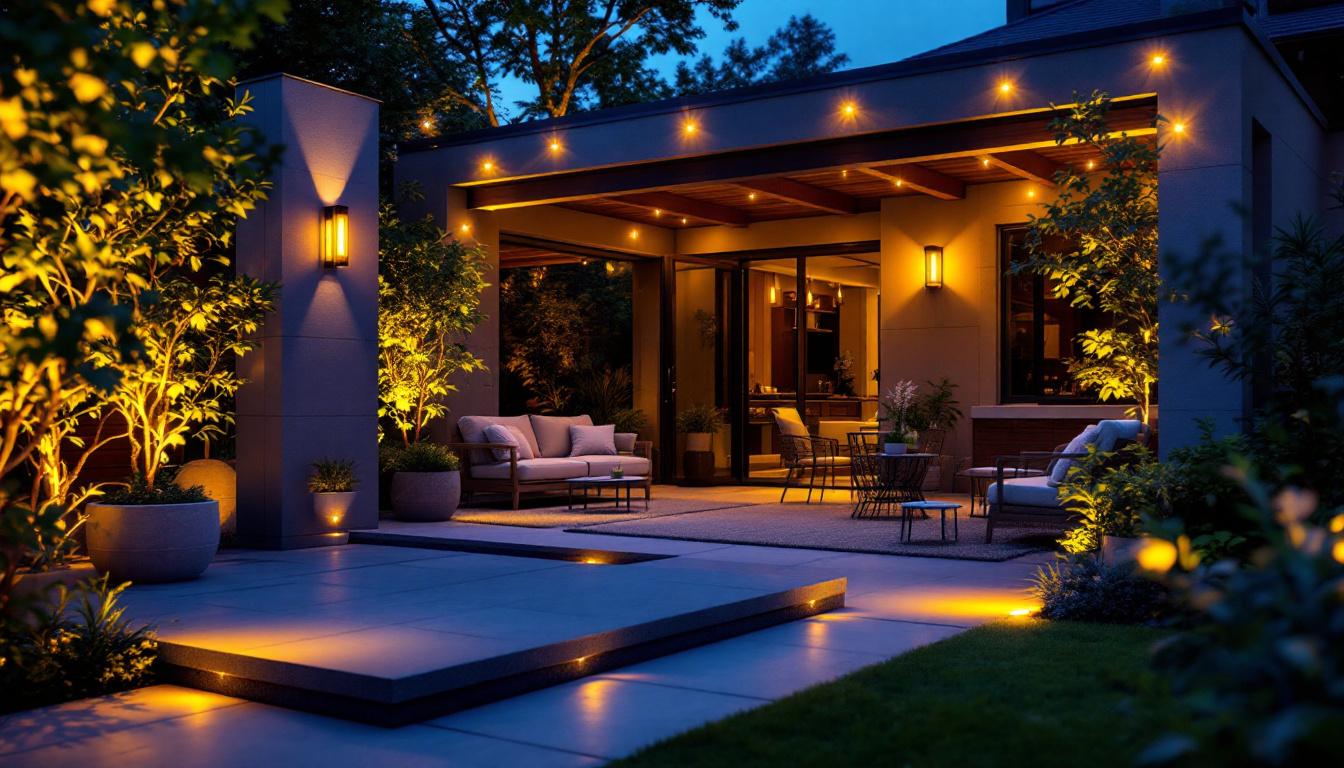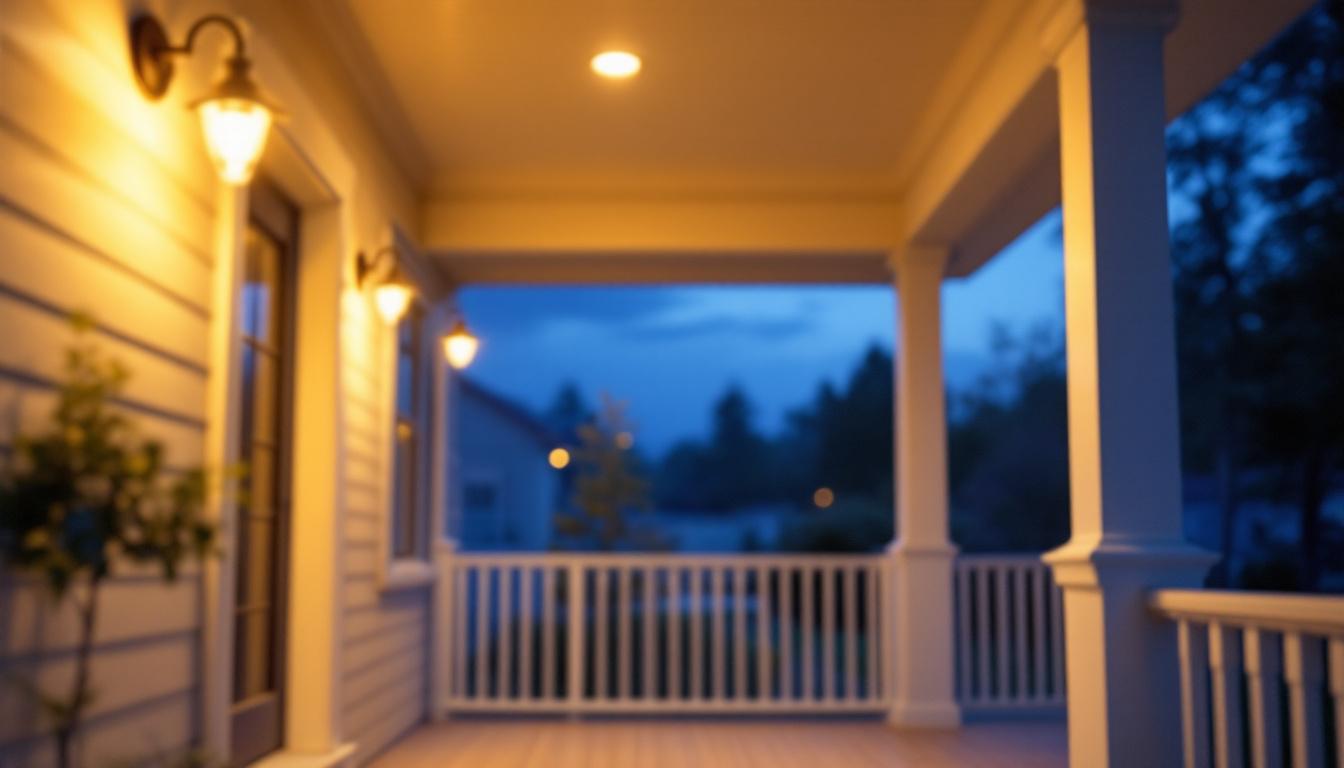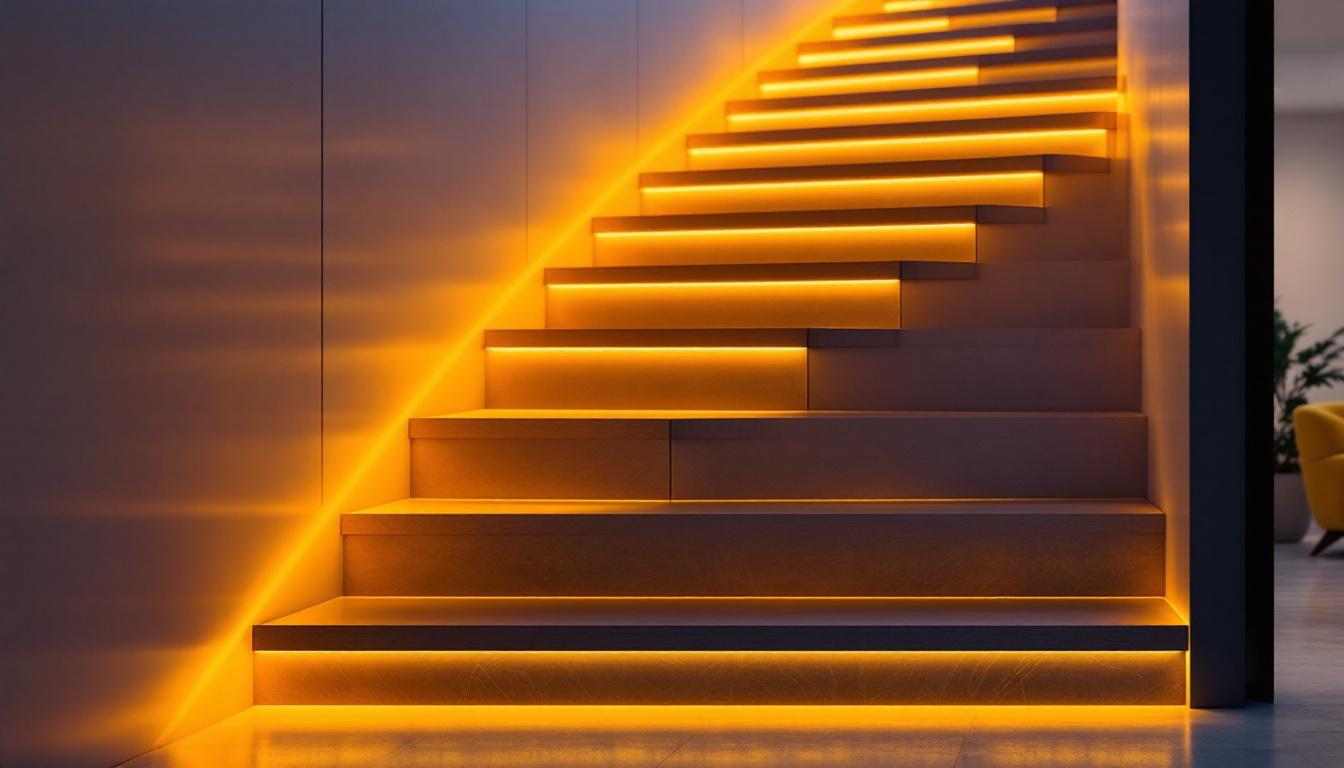
Outdoor lighting is more than just a practical necessity; it plays a crucial role in enhancing the aesthetics, safety, and functionality of outdoor spaces. For lighting contractors, understanding the various aspects of outdoor lighting is essential for delivering quality service and meeting client expectations. This article will delve into the essential facts that every lighting contractor should know about outdoor lighting, covering design considerations, types of fixtures, installation techniques, and maintenance tips.
Designing outdoor lighting requires a thoughtful approach that balances functionality and aesthetics. Contractors must consider various elements to create an effective lighting plan that meets the needs of the space.
Before selecting fixtures or creating a lighting layout, it is vital to assess the outdoor space. This involves understanding the purpose of the area, whether it’s for entertaining, security, or simply enhancing the landscape. Each purpose will dictate different lighting needs. For instance, pathways may require subtle illumination for safety, while patios might need brighter lights for social gatherings.
Additionally, evaluating the existing features of the landscape, such as trees, architectural elements, and water features, can help in determining how to best highlight these aspects. A well-planned lighting design will accentuate these features while ensuring that the overall ambiance is inviting and functional. Furthermore, considering the local climate and seasonal changes can influence the choice of materials and fixtures, ensuring durability and longevity in the outdoor environment. For example, fixtures made from corrosion-resistant materials are essential in coastal areas where saltwater can cause deterioration.
Effective outdoor lighting design often involves layering different types of lighting to create depth and interest. The three primary layers include ambient, task, and accent lighting.
In addition to these three layers, incorporating smart lighting technology can elevate the outdoor experience. Smart lighting systems allow homeowners to control the intensity and color of their lights remotely, creating dynamic atmospheres for different occasions. For example, a cozy dinner party can be complemented with warm, soft lighting, while a lively outdoor gathering might benefit from brighter, more vibrant hues. Moreover, integrating motion sensors can enhance security while providing convenience, as lights can automatically illuminate pathways when someone approaches. This combination of functionality and modern technology not only improves safety but also adds a contemporary touch to outdoor spaces.
With a plethora of outdoor lighting fixtures available, contractors must be familiar with the various types to recommend the best options for their clients. Each fixture serves a unique purpose and can significantly impact the overall design. Understanding the nuances of these fixtures not only aids in functionality but also enhances the aesthetic appeal of outdoor spaces, creating inviting atmospheres for gatherings or peaceful retreats.
Path lights are essential for illuminating walkways and driveways, ensuring safe navigation after dark. They come in various styles and heights, allowing for customization based on the landscape design. When installing path lights, it’s important to space them evenly to provide consistent illumination without creating harsh shadows. Additionally, energy-efficient LED options are increasingly popular, providing long-lasting light while reducing electricity costs. Many homeowners are also opting for solar-powered path lights, which harness sunlight during the day and automatically illuminate at night, making them an eco-friendly choice that requires minimal maintenance.
Wall-mounted lights are versatile fixtures that can enhance both safety and aesthetics. They are ideal for illuminating entryways, patios, and decks. When selecting wall lights, consider the brightness and color temperature to match the overall theme of the outdoor space. Additionally, fixtures with motion sensors can enhance security while providing convenience. The design of wall lights can vary from sleek modern styles to more traditional lantern looks, allowing homeowners to choose fixtures that complement their home’s architecture. Furthermore, dimmable options are available, enabling users to adjust the brightness according to the occasion, whether it’s a festive gathering or a quiet evening outdoors.
Spotlights and floodlights are powerful tools for highlighting specific areas or features in an outdoor setting. Spotlights provide focused beams that can illuminate trees, architectural details, or artwork, while floodlights offer broader coverage for larger areas. Proper placement and angle adjustment are crucial for achieving the desired effect without causing glare. In addition to their practical uses, these lights can create dramatic effects, transforming a garden or patio into a stunning nighttime landscape. Some homeowners even use colored filters with spotlights to add a whimsical touch, illuminating their outdoor spaces in vibrant hues that change the mood and atmosphere. Moreover, integrating smart technology with these fixtures allows for remote control and scheduling, giving homeowners the flexibility to set the perfect lighting for any occasion, whether it’s a cozy family dinner or a lively outdoor party.
Proper installation is critical to the longevity and functionality of outdoor lighting systems. Lighting contractors must adhere to best practices to ensure safety and efficiency.
Before installation, creating a detailed layout plan is essential. This plan should include the location of all fixtures, the type of lighting to be used, and the necessary wiring. It’s advisable to mark the positions on the ground to visualize how the lighting will look once installed.
Contractors should also consider the electrical load and ensure that the circuit can handle the total wattage of all fixtures. This step is vital to prevent overloads and potential hazards.
Outdoor lighting systems typically require low-voltage wiring, which is safer and easier to install than standard wiring. When burying the wires, they should be placed at least 6 inches underground to protect them from damage. Additionally, using weather-resistant materials for connections and fixtures will enhance durability and performance.
After installation, testing the lighting system is crucial. This process involves checking each fixture to ensure it is functioning correctly and making any necessary adjustments to angles and brightness. It’s also an opportunity to assess the overall effect of the lighting and make changes to improve aesthetics and functionality.
In an era where sustainability is a growing concern, lighting contractors must prioritize energy-efficient solutions in outdoor lighting design. This not only benefits the environment but also appeals to eco-conscious clients.
LED lights have revolutionized outdoor lighting due to their energy efficiency and long lifespan. They consume significantly less energy than traditional incandescent bulbs and produce less heat, making them a safer choice. Additionally, LED fixtures are available in various styles and color temperatures, allowing for versatility in design.
Solar-powered lights are another sustainable option for outdoor lighting. They harness sunlight during the day and use it to illuminate spaces at night. While they may have limitations in terms of brightness and duration, advancements in solar technology have improved their performance. Contractors should consider incorporating solar lights in areas with ample sunlight exposure.
Conducting routine inspections can help identify potential issues before they become significant problems. This includes checking for burnt-out bulbs, damaged fixtures, and loose connections. Clients should be encouraged to report any irregularities promptly to maintain the system’s efficiency.
Outdoor fixtures can accumulate dirt, debris, and moisture over time, affecting their performance and appearance. Regular cleaning is necessary to keep lights functioning optimally. Contractors can recommend specific cleaning methods based on the fixture materials, ensuring that clients are aware of how to care for their outdoor lighting.
Common issues such as flickering lights or inconsistent brightness can often be traced back to wiring problems or faulty bulbs. Educating clients on how to troubleshoot these issues can empower them to address minor problems without needing professional assistance. However, contractors should always be available for more complex repairs or replacements.
Lighting contractors must also be aware of local regulations and codes regarding outdoor lighting. Compliance with these regulations is crucial to avoid legal issues and ensure safety.
In many areas, outdoor lighting installations may require permits, especially for larger projects or those involving electrical work. Contractors should familiarize themselves with local permitting processes and ensure that all necessary approvals are obtained before commencing work.
Light pollution is a growing concern in many communities, leading to regulations that limit the brightness and direction of outdoor lighting. Contractors should be knowledgeable about these regulations and design lighting systems that minimize light spill and comply with local guidelines.
Outdoor lighting is a vital aspect of landscape design that enhances safety, functionality, and aesthetics. For lighting contractors, understanding the essential facts about outdoor lighting—from design principles to installation techniques and maintenance—is crucial for delivering high-quality service. By staying informed about the latest technologies and regulatory considerations, contractors can ensure they meet the needs of their clients while contributing positively to the environment.
As outdoor spaces continue to evolve, the demand for innovative lighting solutions will only grow. Embracing these essential facts will empower lighting contractors to excel in their field, providing clients with beautiful and functional outdoor environments that shine brightly, day or night.
Ready to elevate your outdoor lighting projects with the highest quality fixtures at unbeatable prices? Look no further than LumenWholesale. Our spec-grade lighting products are designed to meet the rigorous demands of any outdoor space, ensuring durability, energy efficiency, and the kind of aesthetic appeal your clients love. With LumenWholesale, you can enjoy the convenience of bulk buying and free shipping, making it easier than ever to access premium lighting without the extra costs. Don’t let middleman markups dim your project’s potential. Choose LumenWholesale for the perfect blend of quality, affordability, and convenience. Wholesale Lighting at the Best Value is just a click away.

Discover why outdoor porch lighting is a crucial consideration for lighting contractors.

Discover how string LED lights are revolutionizing the lighting industry for contractors.

Discover the science behind shop fan ceilings and their impact on lighting projects.

Discover the essentials of LED stair lights in just five minutes with this comprehensive guide tailored for lighting contractors.